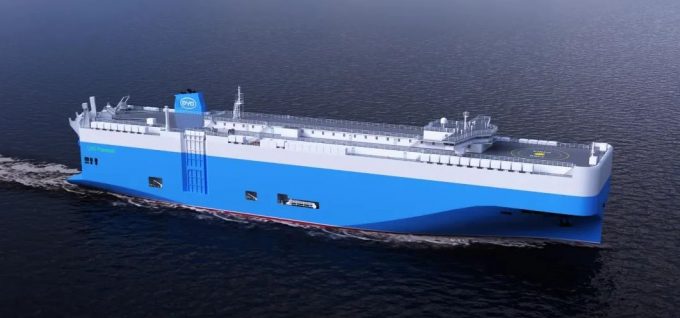Baltimore plans explosive end for collapsed bridge to free trapped box ship
The task force working on the restoration of full access to the port of Baltimore ...

The new year has seen a flood of orders for new car-carrier vessels, some from motor manufacturers opting to order their own ships to try and shift the logjam in automotive supply chains.
One expert explained that the industry was experiencing major congestion, from a shortage of truck drivers and equipment such as low loaders, and not enough vessel capacity to meet increasing demand, boosted by requirements for more electric vehicles.
He said: “One manufacturer, with 250,000 build slots annually, now has ...
Transpacific sees first major MSC blanks as rates fall and volumes falter
'It’s healthy competition' Maersk tells forwarders bidding for same business
Opposition builds for final hearing on US plan to tax Chinese box ship calls
White House confirms automotive tariffs – 'a disaster for the industry'
New price hikes may slow ocean spot rate slide – but for how long?
Supply chain delays expected after earthquake hits Myanmar
Shippers snap up airfreight capacity to US ahead of tariff deadline
Tighter EU import requirements proving 'a challenge' for forwarders

Comment on this article